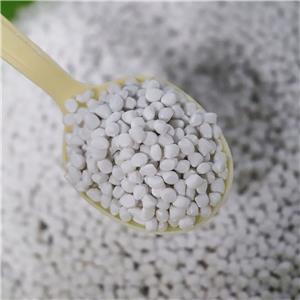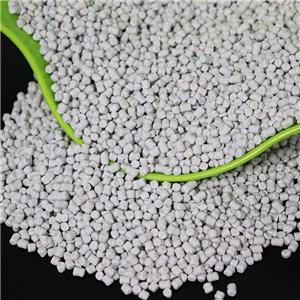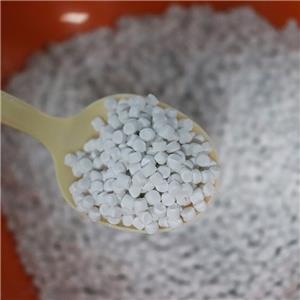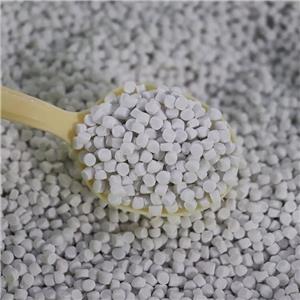Selection and application of ground calcium carbonate in high PVC interior wall latex paint
Latex paint is an early application of green paint, is one of the main varieties of architectural paint, its composition, production, transportation, construction and other links are closer to low energy consumption, low pollution, in line with the requirements of environmental protection paint, is an environmentally friendly paint. With the continuous improvement of its function and technical content, it is increasingly replacing solvent-based coatings and becoming the mainstream of architectural coatings.
The latex paint solves the problems of labor protection and environmental pollution caused by the volatilization of toxic organic solvents in the construction of solvent-based coatings, and fundamentally eliminates the risk of fire. Its construction is convenient, can brush coating can also roll coating, spraying, wiping, scraping, etc., the construction tools can be cleaned directly with water; At the same time, the construction efficiency is high and the cost is low. It is especially suitable for the cement surface and plaster surface of the inner and outer walls of the building. Because the latex paint has a variety of colors, bright colors, light weight, building decoration update quickly and so on, so that it is widely used in the interior and exterior wall decoration of buildings.
Filler is also known as physical pigment, generally can not provide obvious color and hiding power, its main role is to reduce the cost of latex paint, and can improve some properties or eliminate some problems.
With the technological innovation and progress, the application of fillers in latex paint is from one-way cost reduction, start step by step to functional transformation; The following is the role that general fillers provide in latex paint.
(1) skeleton, filling effect, effectively improve the construction of solid fraction, increase the thickness of the paint film;
(2) Adjust the rheological properties of the coating, such as thickening, anti-precipitation, etc.;
(3) Improve the mechanical properties of the paint film, such as improving wear resistance, smooth surface, etc.;
(4) Adjust the optical properties of paint, change the appearance of paint film, such as extinction, etc.;
(5) Auxiliary functions for the chemical properties of the paint film, such as enhancing salt spray resistance, moisture resistance, flame retardant, etc.
The commonly used fillers in coatings and their properties are shown in the following table:
Name | main content | structure | dry hiding power | suspension property | characteristic | imperfection |
ground Calcium Carbonate | CaCO3 | granular | medium | poor | low cost | easy settlement |
Light Calcium Carbonate | CaCO3 | granular | medium | good | easy to frost | expansion |
Wollastonite in powder | CaSi3 | needle | medium | poor | improve the coating strength, scrub resistance | easy settlement |
Talc Powder | 3MgO.4SiO2.H2O | flake | medium | good | improve the construction performance of the coating, leveling | easy powder |
Kaolin | Al2O3 ·2SiO2 ·2HO2 | flake | medium | good | improve dry covering power | high oil absorption |
sericite powder | K2O·3AI2O3·6SiO2·2H2O | flake | medium | good | improve weather resistance, water resistance, anti cracking, delay powder | dark color |
Visible variety of filler, its performance in the coating system is also different, and even if it is the same filler, different processing methods or products are different, its performance is different.
In this paper, heavy calcium carbonate with a higher proportion was added to the inner wall latex paint as the test object, and three raw minerals, dolomite, large calcite and small calcite, were processed into 1250 mesh heavy calcium carbonate, which was added to the inner wall latex paint, and the influence of different raw minerals on the performance of the inner wall latex paint was preliminatively determined by measuring the viscosity, stability and the ratio of paint film.
The influence of different raw ore heavy calcium carbonate on the test data | ||||
project | powder test | Interior wall latex paint (40% calcium powder added) | ||
samples | whiteness(°) | oil absorption(mL/100g) | viscosity(KU) | contrast ratio(%) |
dolomite | 96.4 | 32 | 144.2 | 91.55 |
Large calcite | 96.6 | 29 | 141.2 | 93.46 |
Small calcite | 96.5 | 28 | 139.1 | 92.50 |
It can be seen from the data in the table above that the viscosity of dolomite paint is the largest, and that of small calcite paint is the smallest. This has a certain relationship with the oil absorption value of the three kinds of calcium carbonate. Generally, the larger the oil absorption value is, the adsorption force of the emulsion is increased correspondingly, and the overall viscosity of the coating is improved. This is consistent with the test results of the oil absorption value. On the other hand, it can be seen from the film ratio that the heavy calcium produced by calcite raw ore is higher than the heavy calcium produced by dolomite raw ore when applied to latex paint. In calcite products, the ratio of heavy calcium produced by large calcite is higher than that of small calcite.
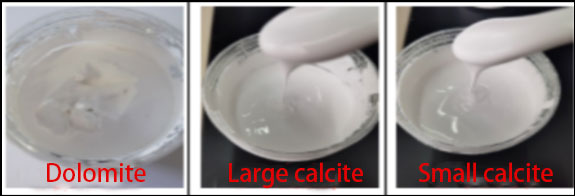
In addition, the above figure shows the comparison of dolomite, Large calcite and small calcite added to latex paint (40% addition) and 50℃ heat storage for 7 days. The dolomite like paint is paste, which has been difficult to stir, Large calcite and small calcite paint still show a better state, indicating that the stability of calcite system in latex is better than that of dolomite system.
It can be seen that when the heavy calcium carbonate produced by different raw ore is applied to the interior wall latex paint, the differences between various properties are obvious, among which the heavy calcium carbonate produced by the raw ore of square solution system has good stability and high ratio, which is more suitable for application in the high PVC interior wall latex paint.

